Photo by Megan Kathleen
If you have ever been to Wanderlust, you know there is a bit of magic that people take away when they leave the festival. Even if your life does not feel immediately changed, you have experienced a moment in time that will continue to serve as a source of inspiration when you re-enter the real world. Read ahead to see if any of these truths have become ingrained in your post Wanderlust life!
- You enjoy telling time in the number of friends met, downward dogs held, and ohms chanted.
- You can be states away from your family and friends but feel right at home.
- You know how to turn any yoga pose into a dance move if the beat turns up.
- Your daydreams at work are filled with dance parties, tasty food and long afternoon svasanas.
- You know that yoga is highly contagious and your fourth class will invigorate you as much as your first.
- You can take your first class or your 100th class and still not be able to touch your toes.
- You learn the meaning of “going with the flow” whether in yoga class or joining a conga line at a concert.
- You are thankful for the advice your mom gave you to drink water, wear sunscreen, and bring layers.
- You find yourself singing a chant or mantra in the shower.
- You have filled countless journals with words of wisdom, new friends’ phone numbers, and goals for the future.
- You can meditate in any space big enough for you to cross your legs.
- You start to wonder if we could reverse the drought by recycling the sweat of a Wanderlust yoga class.
- You have summited the mountain many times on your way to take group selfies or take a class at the Highest Place.
- You get weird looks for stretching in abnormal places.
- After Wanderlust, you may be in your normal work clothes, but underneath are temporary tattoos, tribal art paintings, and an ever-so-slightly-toned six-pack.
- You are willing to get up at any hour for some guaranteed svasana.
- You tell people you speak multiple languages, including Sanskrit.
- You sometimes buy pine air fresheners just so you can close you eyes and imagine you are back in nature.
- You know you always need to have a vacation to look forward to, whether it’s six weeks or six months away.
- You know there is always magic to be found, even if it’s the last piece of glitter that falls out of your hair after you’ve returned home.
Written by Cameron Cler




 Photo credit: Stocksy
Photo credit: Stocksy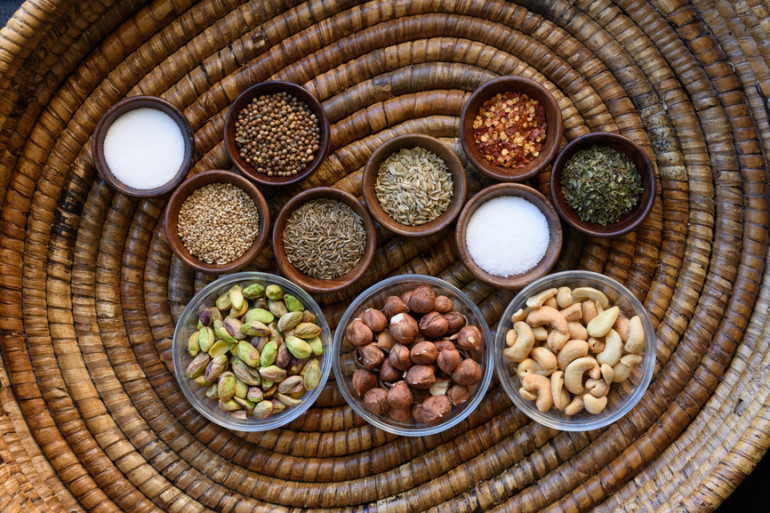 Photo credit: Stocksy
Photo credit: Stocksy Photo credit: Wholefully
Photo credit: Wholefully Photo credit: Stocksy
Photo credit: Stocksy Photo credit: Stocksy
Photo credit: Stocksy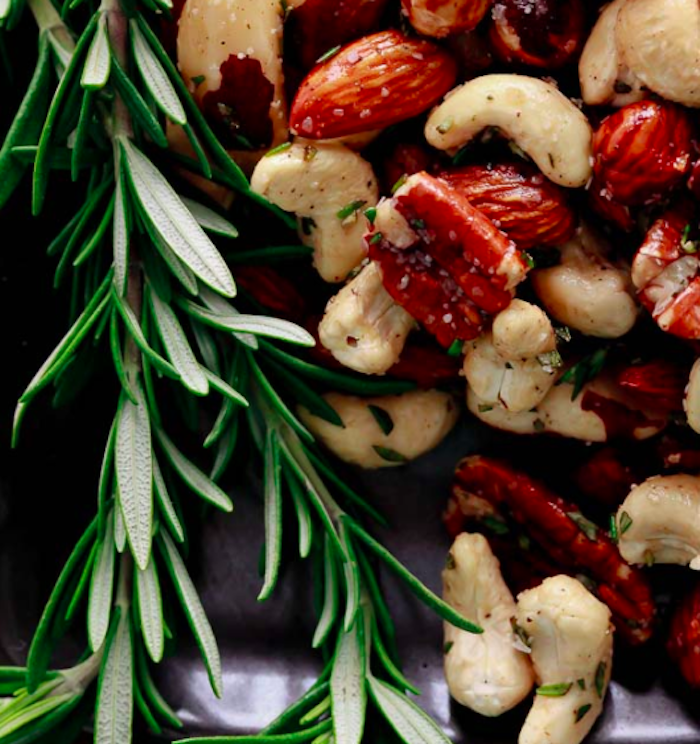 Photo credit: Gourmande in the Kitchen
Photo credit: Gourmande in the Kitchen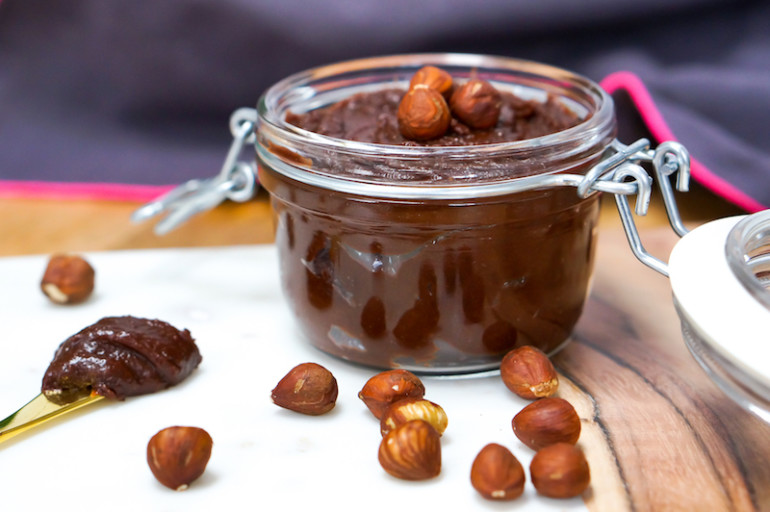 Photo credit: Liz Moody/Sprouted Routes
Photo credit: Liz Moody/Sprouted Routes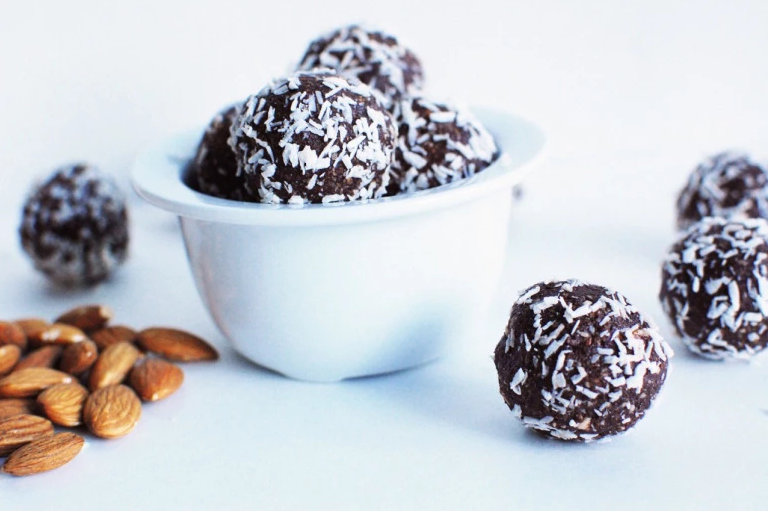 Photo credit: Abigail Hopkins
Photo credit: Abigail Hopkins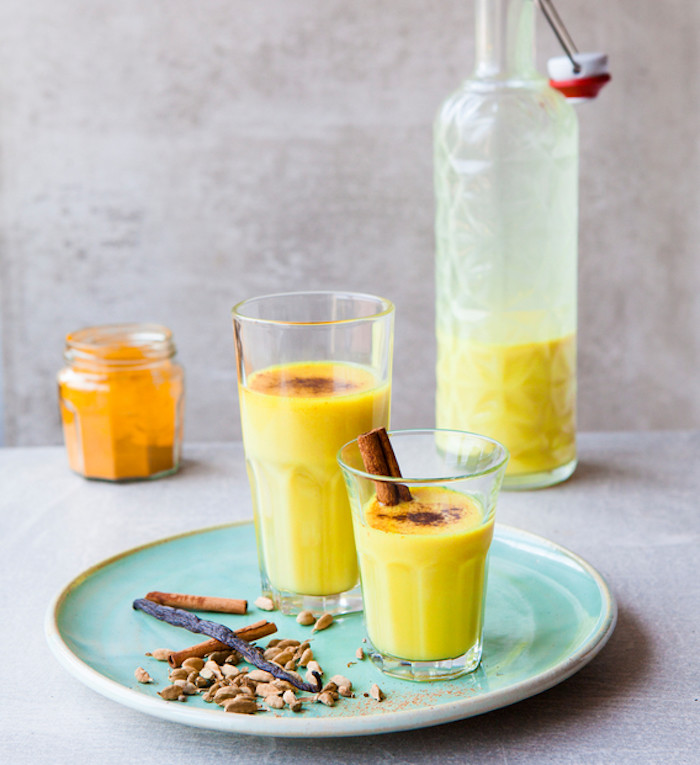 Photo credit: Stocksy
Photo credit: Stocksy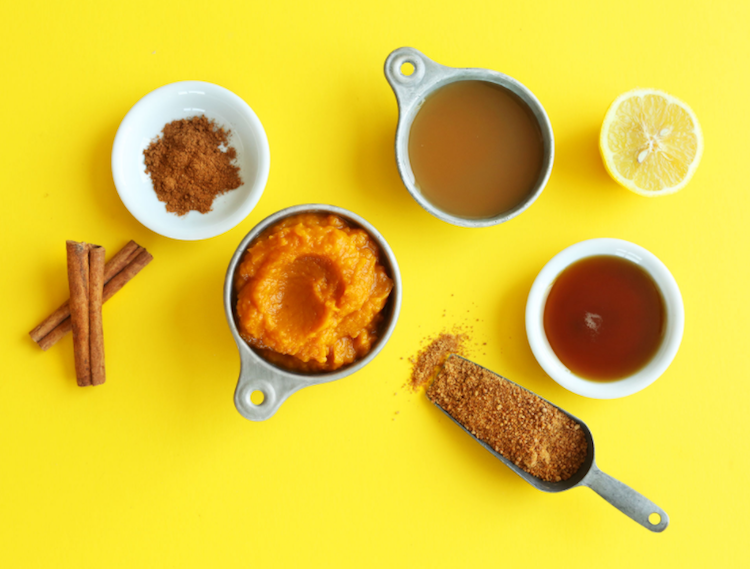 Photo credit: Minimalist Baker
Photo credit: Minimalist Baker







 Radishes are one of the quickest-to-grow veggies, and are very suitable for container vegetable gardening. You can grow them in both small and wide pots.
Radishes are one of the quickest-to-grow veggies, and are very suitable for container vegetable gardening. You can grow them in both small and wide pots.





 At the heart of the Raja Yoga system, balancing and unifying these various approaches, is the practice of definite, scientific methods of meditation that enable one to perceive, from the very beginning of one’s efforts, glimpses of the ultimate goal — conscious union with the inexhaustibly blissful Spirit.
At the heart of the Raja Yoga system, balancing and unifying these various approaches, is the practice of definite, scientific methods of meditation that enable one to perceive, from the very beginning of one’s efforts, glimpses of the ultimate goal — conscious union with the inexhaustibly blissful Spirit.